Things That Millenials Will Never Understand About The Baby Boom Generation
Things have changed a lot in the past 50 years, and it seems like the gaps between generations have been drawn even further in the last few decades. People born between 1946 and 1964 have experienced the rise of technology at unprecedented speed, as well as many historical events that have changed the course of humanity but have also witnessed some terrible hardship and adversity.
Baby boomers and Millennials must be the most different generations coexisting today, and here’s a list of things that might explain why.
Saturday Morning
Saturday Morning
There must be at least 15 channels on television and a handful of streaming services dedicated exclusively to children’s entertainment. But that hasn’t always been the case. Back in the day, finding anything suitable for kids away from the allocated times was impossible.
But the excitement this came with was incomparable. You had to wait all week and wake up very early on Saturday to enjoy an entire morning of the greatest cartoons of all time. The Jetsons, Mr. Magoo, Tom and Jerry, The Looney Tunes, and many more were part of a weekly ritual that provided happiness for the entire family.

Source: mobile.nytimes.com/ Pinterest
Sweet, Sweet Cereal
Sure, cereal has been around for a long time, but back in the day, people didn’t worry about calorie intake and counting the amount of sugar food contained. Things were simple. And cereals were fun. Colorful boxes with beautiful illustrations would make every child happy in the morning.

Source: flic.kr/ Pinterest
Cereal is still a popular breakfast nowadays, and some of the most sought-after brands in the 60s and 70s are still available in supermarkets today, like Corn Flakes and Apple Jacks. The difference is that health departments worldwide have become more stringent about their ingredients. But the memory of the sweet taste will forever linger in our memories.
Lead On Everything
Lead was a common ingredient in paint, and it wasn’t until the late 70s that it was banned entirely. Although it was a known fact that lead was poisonous since the beginning of the 20th century, people weren’t too worried about its worrisome effects.

source: 73t393.p3cdn1.secureserver.net
Lead-based paints were top-rated for both interiors and exteriors because they had excellent weather resistance and lasted a long time looking good. They were also practical, as they could dry very fast and avoided corrosion of certain materials like metal.
Chemistry Sets
If you wanted to hear a real boom and pow, you just needed a classic chemistry set, especially those of the brand Gilbert. They would provide you with all the necessary ingredients to cause an explosion. Lead, acids, sodium cyanide, and alcohol lamps were all part of the didactic learning kits.

Source: DailyStuff
The iconic “Atomic Energy Lab” contained four types of uranium ore, a cloud chamber to observe the radiation, and a manual that was basically a recruitment sheet to inspire young people to pursue a career in nuclear chemistry. Health and safety concerns took part in regulating the items inside these sets, and the kits that are available now have harmless chemicals in them.
The Legendary Pinto
Nowadays, cars have to go through what seems like a million tests to be available on the market, and that’s thanks to mishaps such as what happened with the Pinto. The car had a defect that whenever it was in a collision, the fuel tank would explode.

Source: www.onlineathens.com
It was also incredibly prone to accidents because of its design. This caused a big stir at the time, and after many lawsuits, the company had to take action. Although this flaw wasn’t exclusive to the model, it surely was a catalyst for upgrading a few norms.
Parenting Wasn’t Only For Parents
Back in the day, parenting was a whole different ordeal than today. Then, things seemed way more straightforward. Playing in the middle of the road, not letting anyone know where you were headed, and hanging out at a friend’s house until late in the evening wouldn’t raise any parents’ concerns.

Source: sunsetgun.typepad.com
Some people would even feel relief that their kid was at a house with an adult supervising because they could trust that if their son or daughter were naughty, they would be reprimanded accordingly. Parenting was almost like a communal effort, and there was an understanding that if a child misbehaved, they should be corrected.
Boys Don’t Cry
Masculinity was a serious matter a few decades ago. Crying, showing emotions, and being afraid, were all actions that were heavily frowned upon for boys and men of all ages. One of the reasons generations nowadays have so much trouble relating to each other might be precisely this.

Source: modernizor.tumblr.com/ Pinterest
Boys were expected to become strong men, and there was a strange idea that by not allowing them to cry or express themselves, they would be adequate at their jobs as workers, fathers, and husbands. These notions have really taken a toll on mental health and have been discredited by professionals as one of the misdeeds of our times.
The World Is Yours
Parents are overprotective nowadays, but the world has become so topsy-turvy that they have a good sense of being so. Back in the day, playing outside was normal. There was little concern about the children’s whereabouts as long as they were back in time for dinner.

Source: Alamy Stock Photo
Because there weren’t many real concerns in the immediate perimeter of a place, the world somehow felt smaller and less dangerous. As a result, communities felt tighter and more supportive. But with everything becoming so industrial and large, we’ve lost that sense of security we cherished so much in the past.
Hitch-Hiking Was the Norm
Although you still see people out hitch-hiking, it’s rare in today’s world. We’re not sure what changed, but your child probably knows better than to get in the car with a stranger.
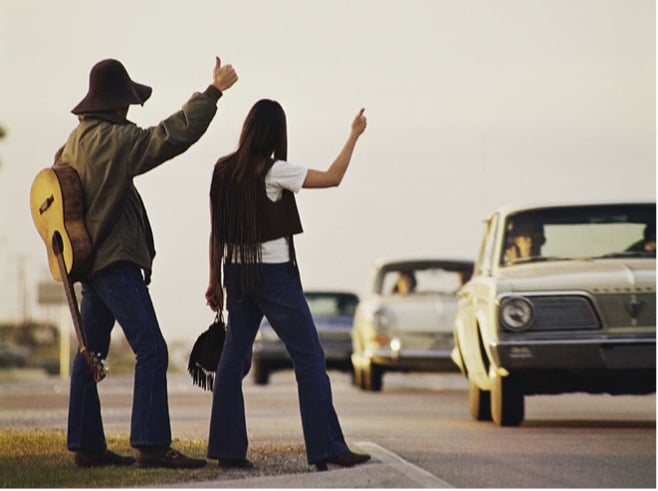
Source: Getty Images Photo by Dennis P Hallinan
In the boomer’s time, hippies and other people were known to hitchhike across the country, and children have even been reported to hitchhike when they were running away.
Smoking Was a Sign of Growing Up
Today, you wouldn’t think of smoking in a vehicle with a child or even in a house. We know the dangers of secondhand smoke, and we certainly wouldn’t smoke with an infant in our arms. Today, we also have stricter laws regarding who can purchase tobacco.

Source: Pinterest
However, not only was it normal in those days to smoke in the home and car with little kids in close range, but teenagers were encouraged to smoke as a sign they were growing up. Additionally, we should mention that children could walk in the store easily and pick up a pack of cigarettes for their parents without any problem, and nobody would have batted an eye if you smoked with an infant in your arms.
Kids Running Errands
It was also common for parents to send their young children out to the store with a note of everything they needed to buy. Back then it was a great way to keep the children busy while teaching them a level of responsibility.
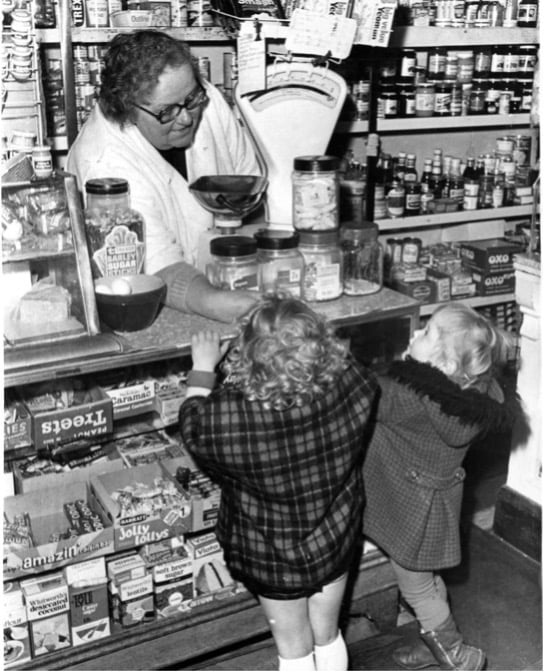
Source: Alamy Stock Photo
Of course, today this is potentially a dangerous situation for children and would not be advised. In general, allowing one’s young kids to wander about the city or town unsupervised is typically unheard of today.
Giving or Receiving a Swirly
Kids can be cruel today, don’t get us wrong. We still have bullies, but they weren’t anything like the ones of yesteryear.
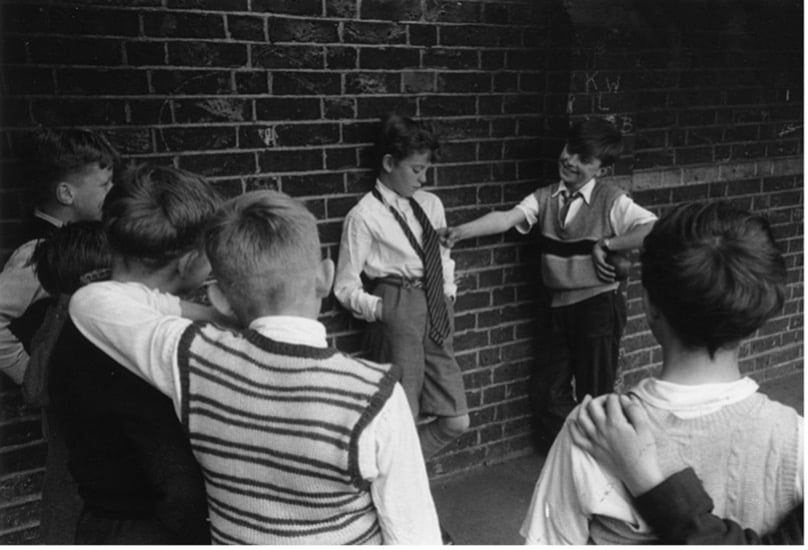
Source: Getty Images Photo by Maurice Ambler
Back then, bullies would place another child’s head in a toilet and flush — also known as a swirly. Not only is this extremely unhygienic, but it’s downright cruel. We’re happy this is one tradition that’s been left in the past.
Playing in the Streets
You probably tell your child to look both ways when crossing the street and not to play in the road. You strive to keep them safe in your backyard or take them on regular trips to the playground to burn off energy.
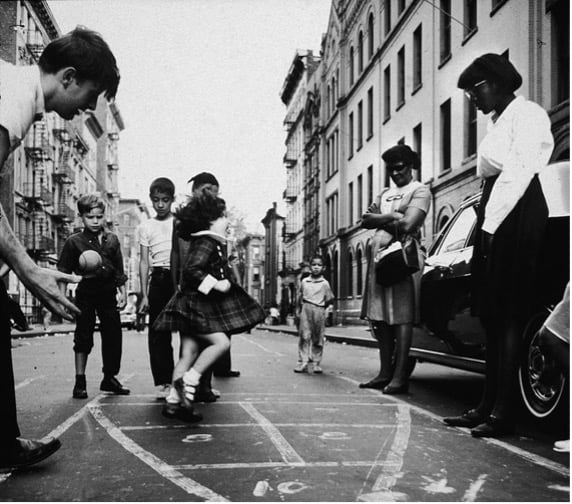
Source: Getty Images Photo by Frederic Lewis
In the 40s, 50s, and 60s, there weren’t neighborhood parks everywhere. And just like today, not everyone has a big enough backyard for children to play freely. This led to girls drawing hopscotch boards on the streets, and boys playing tag and hockey right in the middle of the road.
Unsafe Toys
The days of playing with only sticks and stones were long over by the 1950s and 60s. During this time, toys like action figures and playdough hit the market and were paving the way for some of the most interesting and amazing creations of today.
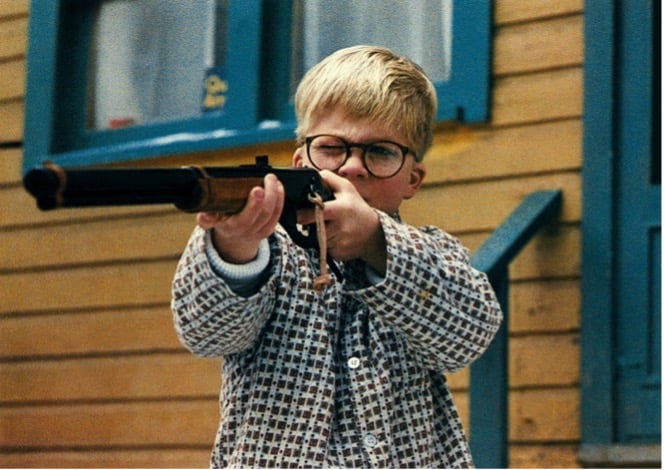
Source: Alamy Stock Photo
On the other hand, not every toy from these decades was revolutionary. Some of them were flat-out dangerous, and there weren’t regulations on them like there are today. A prime example is Creepy Crawlies. Don’t let its name fool you; nobody was concerned that this involved bugs. It, however, came with a hot plate that kids were instructed to heat up to 300 degrees Fahrenheit, more than enough to give them a serious burn. It didn’t help that children often used the hot plate to melt plastic and metal.
Girls Didn’t Play Rough
Little girls didn’t play in the dirt or roll around and fight with the boys. No little girls were out playing football or climbing trees, either. Today, however, girls get to let loose just like little boys.
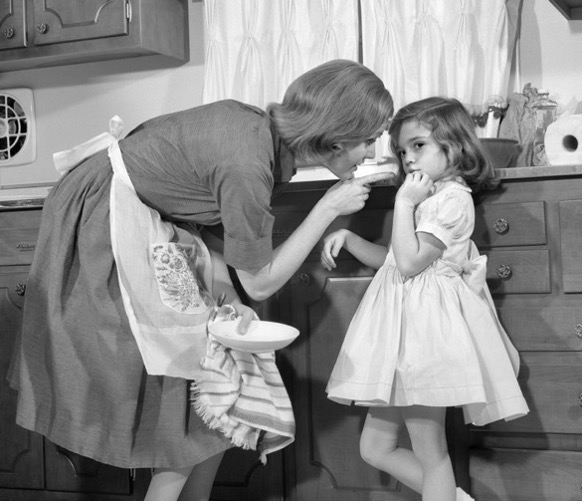
Source: Alamy Stock Photo
Back in the 50s and 60s, little girls were given play ovens, strollers, and dolls and were expected to stay in line. Obviously, just like today, this wasn’t for every girl.
Gendered Toys
Back in the day, toys were specifically designed and marketed to either boys or girls. If the toy was capable of fighting, shooting, or moving fast and was red or blue in color, you could safely bet it was considered a boy toy. Toys designed for girls on the other hand featured anything pink, soft, or considered to be a doll.
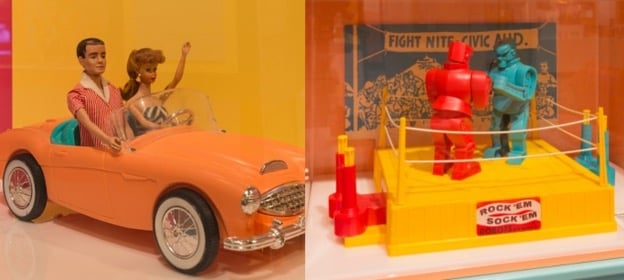
Source: DailyStuff
Boys were expected to play with toys deemed for boys while girls were expected to play with toys deemed for girls. Any other way was considered improper, but of course, by today’s standards those expectations have changed.
Girls Ruined Their Hair
Today, many of the products for girls’ hair are safe. The hair dye and curlers have been heavily regulated and held to certain standards.

Source: DailyStuff
If you’re a boomer woman, chances are you may have put some products in your hair that weren’t healthy for your hair and may have even damaged it. For instance, many girls used peroxide that harmed their scalps and rollers that hurt. Didn’t like your curly hair? You may have even used a standard clothing iron to straighten your hair, which ultimately would burn it.
Catholic School Punishments
Parents today probably couldn’t imagine letting their children’s instructors spank or discipline them physically. Today, even to spank a child, a principal has to have permission from the parents, and it’s only legal in certain states.
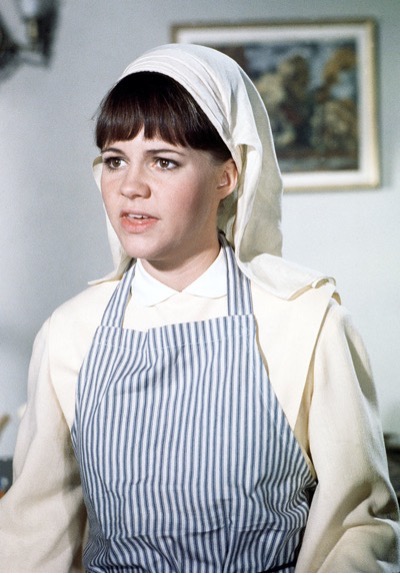
Source: Getty Images Photo by Walt Disney Television
As boomers were growing up, nuns in schools had no problem whipping out a ruler and cracking the naughty child across the knuckles. If a nun had enough with a child, it was common for them to drag the child by the ear to the principal’s office.
Hanging Out at the Candy Store
Like adults who visit the bar, children growing up in the 50s and 60s would hang out at the candy store. Keep in mind that this was also a time when candy was extremely cheap. Can we say diabetes and tooth decay?
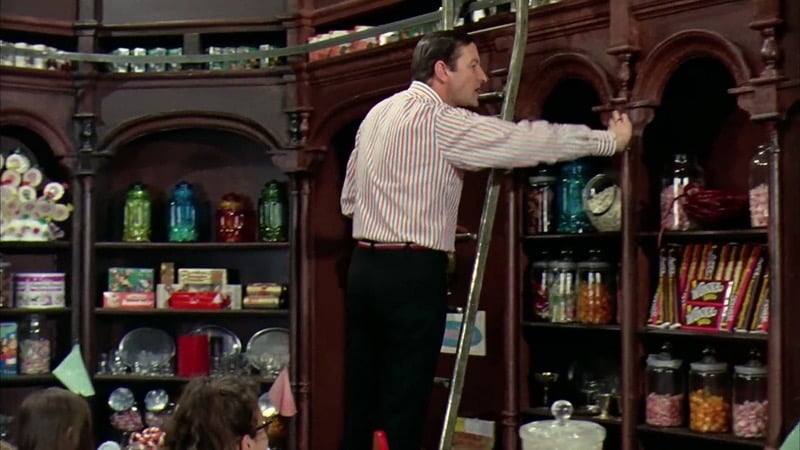
Source: DailyStuff
Today, we walk into the candy store with children, regulate what they get, and leave. We couldn’t imagine letting children spend that much time in a candy store unsupervised, and they’re probably much better off for it.
Unregulated Cribs
When you purchase a crib nowadays, there are strict regulations related to safety. If a manufacturer produces a model that has any known issues, the manufacturer recalls the crib.
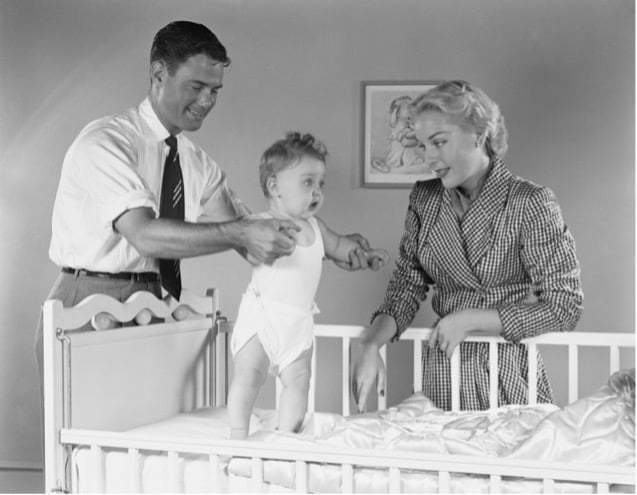
Source: Getty Images Photo by H. Armstrong Roberts
Boomer babies weren’t so lucky. There were no guidelines to dictate how far apart the slats were, which meant that a child’s head could easily get stuck in between a pair. It’s been reported that children’s little fingers got stuck as well.
Pouring Blood-Red Liquid on Wounds
A little bit of peroxide and an adhesive bandage make everything better after an injury by today’s standards.
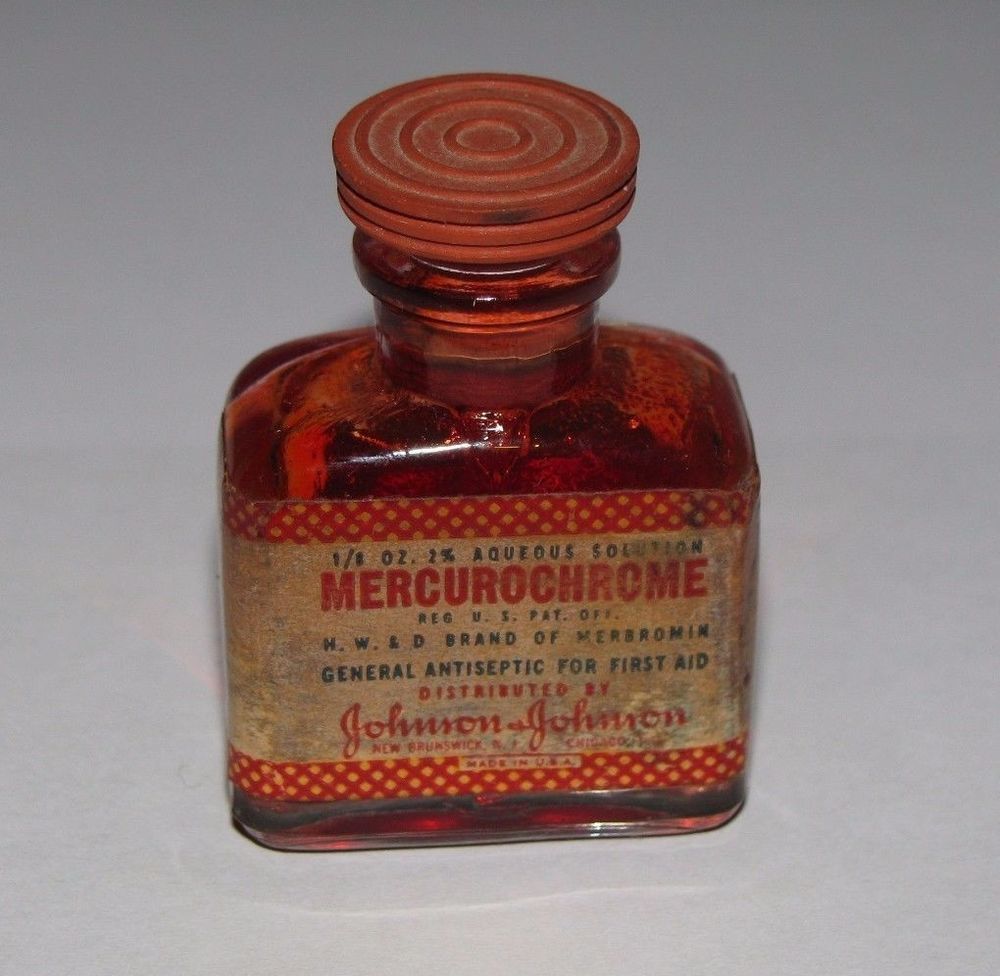
Source: Pinterest
Children of the 50s and 60s probably dreaded getting a wound. If a kid got a cut or a scrape, a parent poured mercurochrome — a bright red liquid consisting of mercury that burnt upon application. Fortunately, this antiseptic is no longer used.
Disco Parties Were All The Rage
If you were looking for a cool place to hang out, party, or bring your date on a Friday night, you better believe that the roller rink was the place to be. These roller skating disco parties were all the rage for teens and young adults in their early 20s.
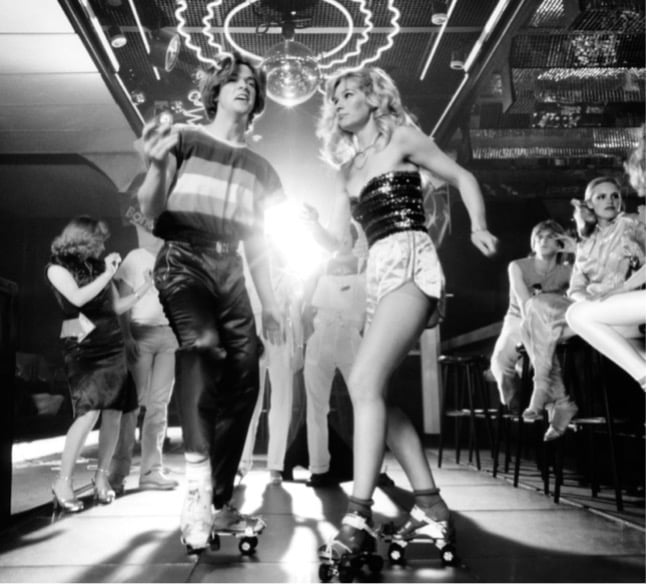
Source: Alamy Stock Photo
Imagine taking your dancing skills to the next level as you attempt to socialize and impress your friends with your epic roller moves all while jamming out to Donna Summer or the Bee Gees. Today, you’ll have to go out of your way to find a roller rink around.
Gas Shortages
While we had a brief period when we were fearful of a gas shortage in 2021, we’ve never actually had a gas shortage in recent years. We’re used to being able to get gas, go to work, and go anywhere we want without worrying that there won’t be gas.
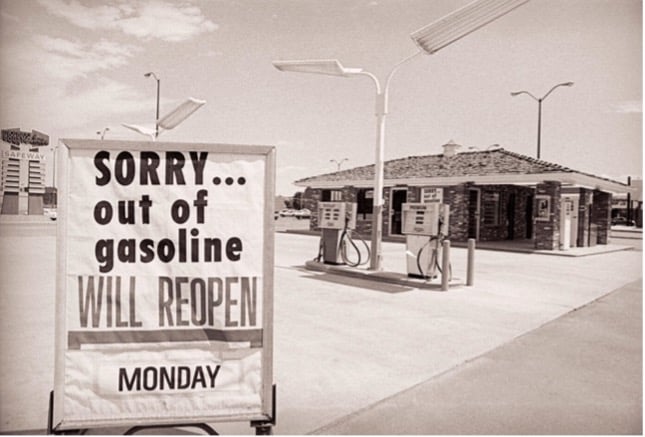
Source: Alamy Stock Photo
Children in boomer times didn’t quite know when they would be able to venture out of their homes at times. During two years in the 70s, the US was dealing with a gas shortage. Gas stations began to display signs as to whether they had gas or not.
Scars from Vaccines
Today, vaccines are either oral or injectable. A child receives the injection from a syringe with a single needle. We no longer give the smallpox vaccine as a routine vaccination because smallpox is no longer a threat, and the vaccine had some dangers.

Source: Alamy Stock Photo
Boomers received the smallpox vaccine, though. You’ll notice that most boomers have the scar to show for it — a round circle from the smallpox vaccine gun.
Toxins in the Womb
Today, an OB-GYN will give an expecting mom a list of dos and don’ts at her first prenatal visit. It’s not shocking to most that the list states that an expected mother shouldn’t drink or smoke because of the risk it poses to the unborn baby, including low birth weight, fetal alcohol syndrome, facial abnormalities, and behavioral problems.
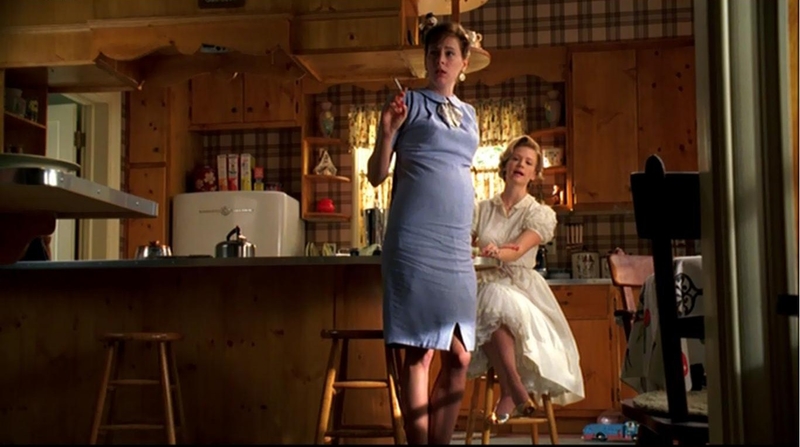
Source: DailyStuff
When boomers were being born, this wasn’t known, and it wasn’t uncommon to see a pregnant woman holding a glass of wine, smoking a cigarette, or both at the same time.
Fighting Over the Phone
In 2021, we walk around and see kids between the young ages of eight and ten with phones in their hands, never knowing what it’s like to fight over the phone.
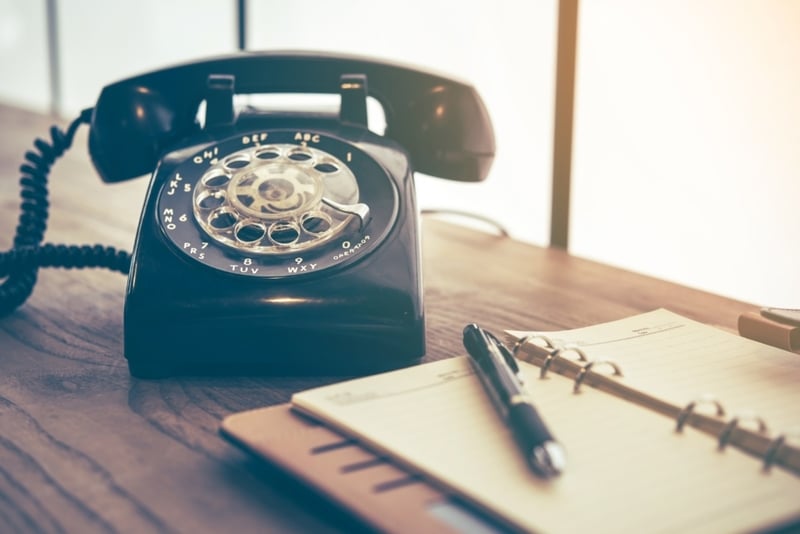
Source: Shutterstock
For most boomers, there was only one landline in the house connected to the wall. It was a common occurrence for children to fight with other children for phone usage privileges. Not to mention, there was no such thing as caller-ID or call waiting at that time, and only wealthy people had more than one line.
Fire Hydrant Showers
As of now, most firefighters won’t fill up pools or will only do it for a fee. Perhaps you may not have ever witnessed a fire hydrant being turned on. Back in the day, this wasn’t the case.
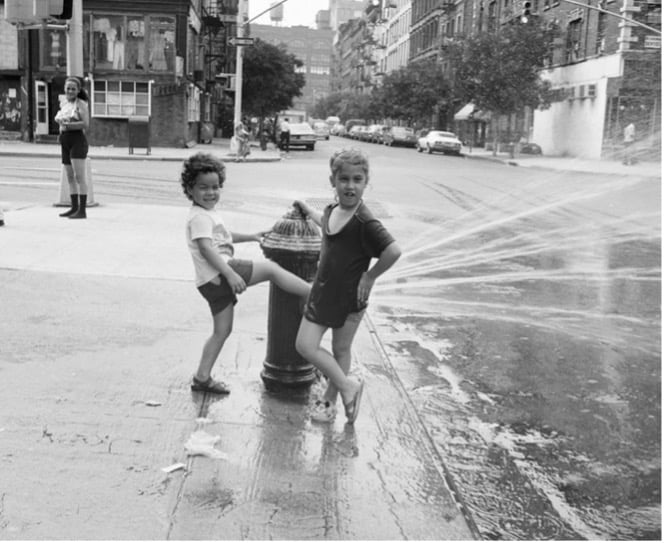
Source: Getty Images Photo by Edmund Vincent Gillon
The fire hydrants were turned on by city officials during the summer to cool off hot children. When city officials didn’t do it, parents or siblings would turn it on. Now, that’s something considered highly illegal to do.
Walking to School
The kids who live right near the school are the ones who still walk nowadays, often accompanied by a parent holding their hand.

Source: Getty Images Photo by D. Corson
Although school buses were around for boomers, not all areas had them, and children, even younger elementary-aged kids were encouraged to walk further distances. It seems like something that’s a shame not to do anymore, but it’s not nearly as safe out there as it once was.
Water Hose Fountains
Typically, when a child wants a drink nowadays, they come in the house and grab a water bottle and go back outside. Some of them wouldn’t even think of picking up the garden hose and drinking from the water they’re playing in.

Source: DailyStuff
Imagine a time in the 50s and 60s where children were playing outside and drinking right from the hose. Whether you know it or not, bacteria and mold can grow inside of a hose. That’s not taking into consideration that some hoses are made from toxic materials.
Latchkey Kids Were Common
A survey published by the Pew Research Center indicated that forty-six percent of two-parent households consist of two parents working. With it being so common, daycares, babysitters, day camps, and more are set up to help busy parents have supervision for their children.
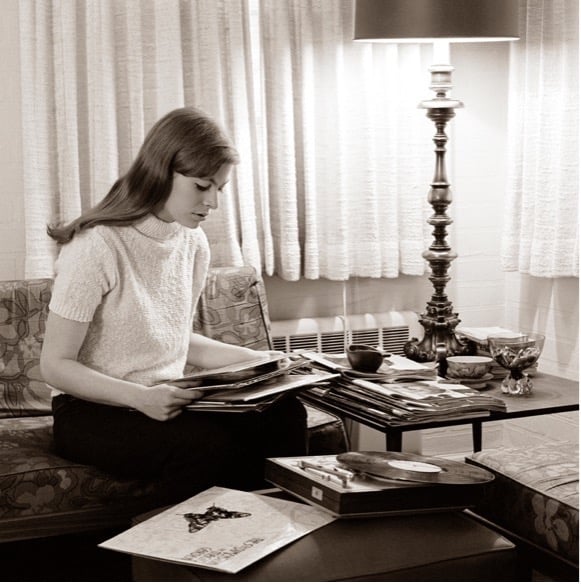
Source: Alamy Stock Photo
Mothers were entering the workforce in the 1960s, which left a lot of children fending for themselves more than ever before. Keep in mind that by 1970, about 31 percent of two-parent households had both parents working. During these years, children were given a key to enter their otherwise empty house and told not to let anybody in. Many of us couldn’t imagine doing that to our children in today’s world.
Spanking and Discipline
This is a bit of a controversial subject. Some people believe we need to bring back spanking, while other parents shudder at the thought of someone disciplining their children like that.

Source: Getty Images Photo by Kirn Vintage Stock
However, what can’t be debated is that boomers grew up getting spanked, or even getting hit with a belt, as a form of discipline. Today, some of these punishments could have resulted in a call to children’s services.
Chasing Toxic Fumes
Today, we stress the dangers of car exhaust fumes for both the planet and our lungs. We also realize the dangers of pesticides and other similar chemicals. Back in the day, this wasn’t the case. Global warming wasn’t a pressing concern, and we didn’t understand the dangers of car exhaust and pesticides.
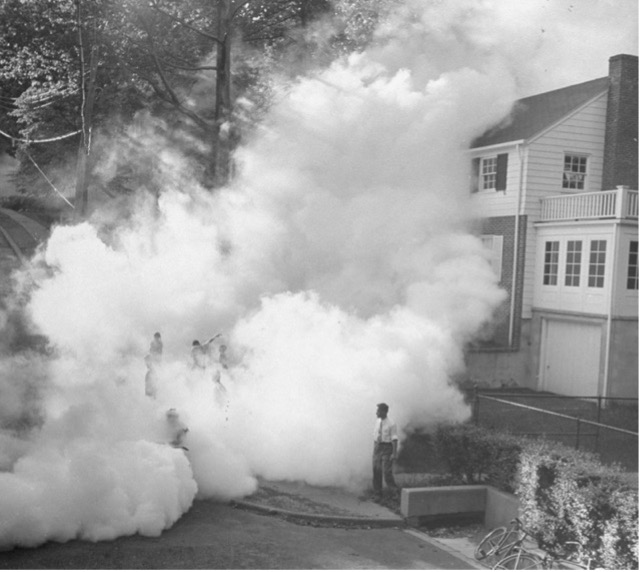
Source: Getty Images Photo by George Silk
Back in those times, children would chase the trucks that emitted insecticides and other toxic chemicals to kill mosquitoes and other pests. Little did we know then that children were inhaling toxic fumes, as they ran after the trucks as a game.
Bike Riding With No Helmet
Most parents make sure their children wear a bicycle helmet anytime they’re on their bikes. Some parents even go as far as to require their children to wear a helmet on a scooter or skateboard. This may seem strange to many of the boomer parents.
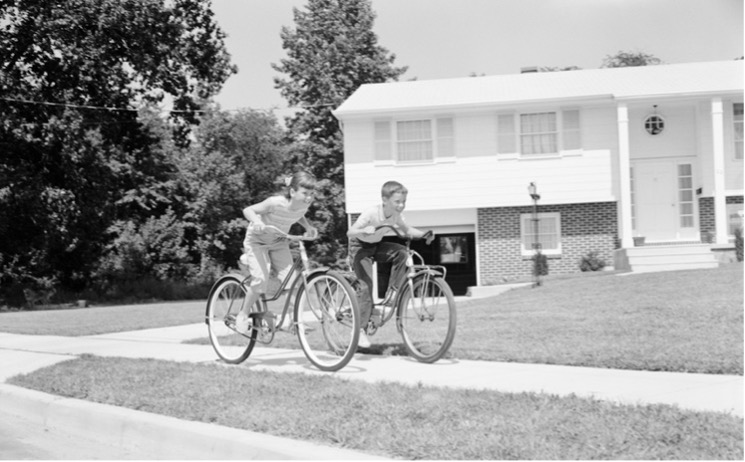
Source: Getty Images Photo by H. Armstrong Roberts
The first helmet wasn’t even created until 1975, so boomer kids definitely weren’t wearing helmets growing up. Even as they started gaining popularity, you were made fun of for wearing one because it wasn’t deemed as cool or fashionable. Parents in the 50s, 60s and 70s were always encouraging their kids to shake off skinned knees or bumped heads.
Beach Babysitters
Beach time is usually a family event in today’s world. We all spend time playing in the sand and may watch the kids go out for a swim as they mingle with other children.
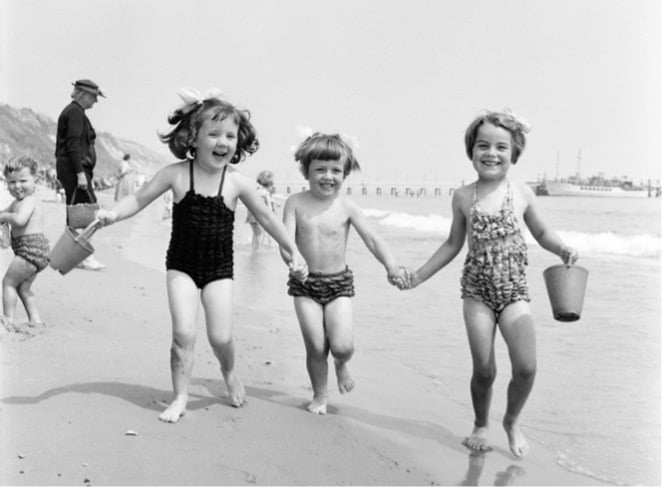
Source: Alamy Stock Photo
Beach time for boomers was so much different. They were left at the beach while their parents went back home to accomplish chores and other tasks. Sounds like a serious drowning risk, doesn’t it? Back then, lifeguards would watch the children and make sure they stayed safe. They probably deserved a raise!
Safety Nets on Trampolines Were Non-Existent
Take a look at any trampoline you buy online or in a store. They all come with a net. If you’re a parent, you probably would never let your child bounce on a trampoline that didn’t have a safety net. Although trampolines came out in the late 1930s, they had no nets. It actually wasn’t until 1997 that the first net was approved and sold.
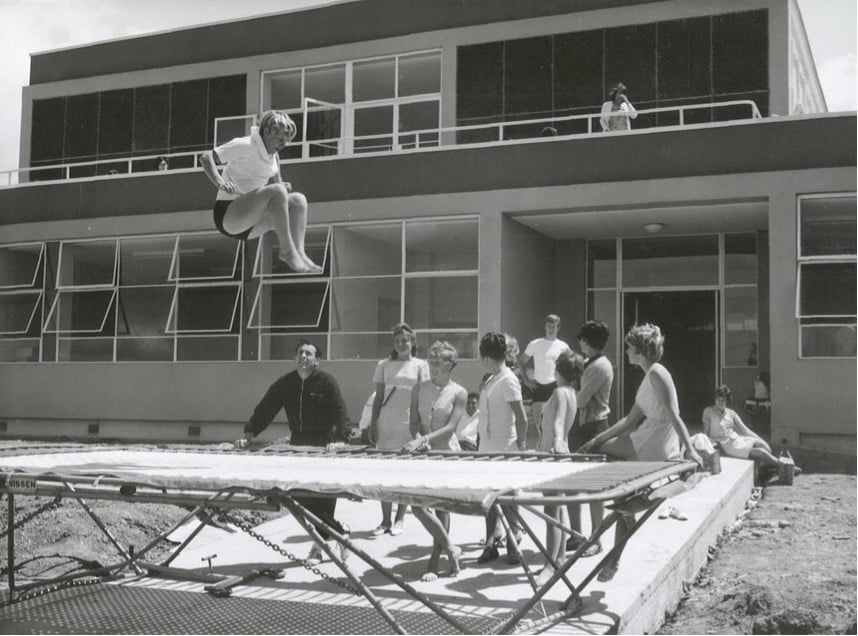
Source: Flickr
Back in the day, children would jump on trampolines for hours without any enclosure around them. As you can picture, children were limping, bruised, and suffering from broken bones from flying off of trampolines.
Traveling to a Friend's House Unescorted
For any parents reading this, could you imagine letting your child just walk to a friend’s house without contacting the other parent first, arranging for the playdate, and taking them there, either by foot or car?
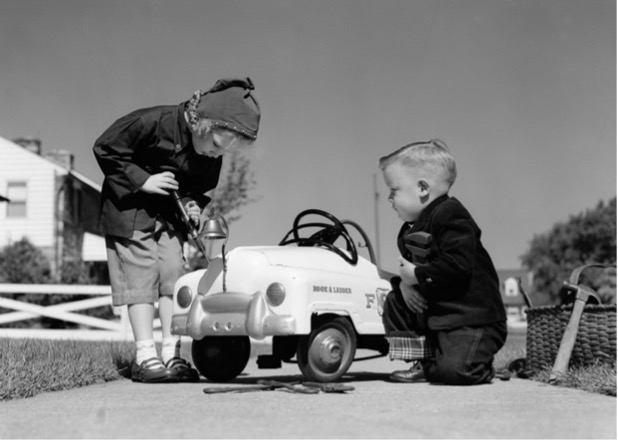
Source: Alamy Stock Photo
In the 50s, 60s, and 70s, the Internet didn’t exist, so parents didn’t have that luxury of setting up playdates by contacting the other parent through Facebook. Children didn’t have cell phones, so they weren’t expected to check in like they do today. Parents would go for hours and hours and have no idea where their children were.
Spinning Round and Round
As you look around at playgrounds nowadays, you may notice the equipment has changed. Seesaws and merry-go-rounds are getting more and more scarce. You’ll also notice a gaggle of parents around the equipment to help kids stay safe. Most parents will only spin the merry-go-round slightly fast to reduce the risk of injury.
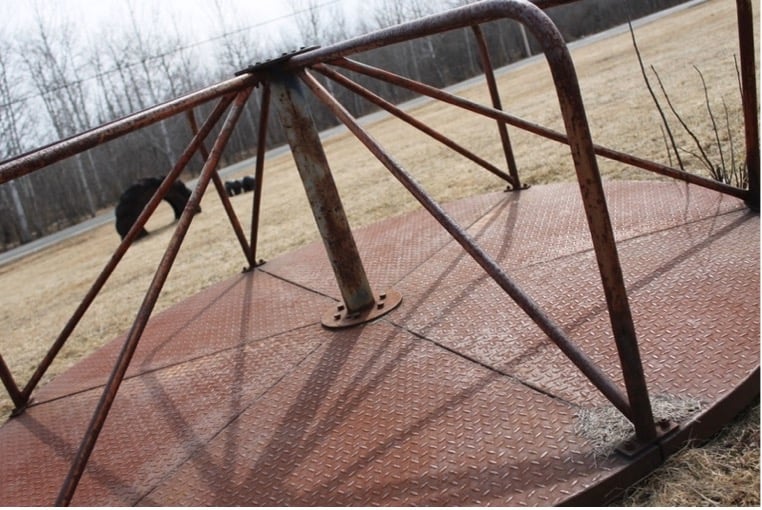
Source: Alamy Stock Photo
For children growing up in the boomer days, it was a common occurrence to see parents spinning children as fast as they can. You can just imagine the number of kids who vomited or flew off the equipment and had serious injuries.
Sunbathing Without Sunscreen
Global warming wasn’t a concern when boomers were growing up. They played for hours and hours on end in the sun without any protection for their skin.
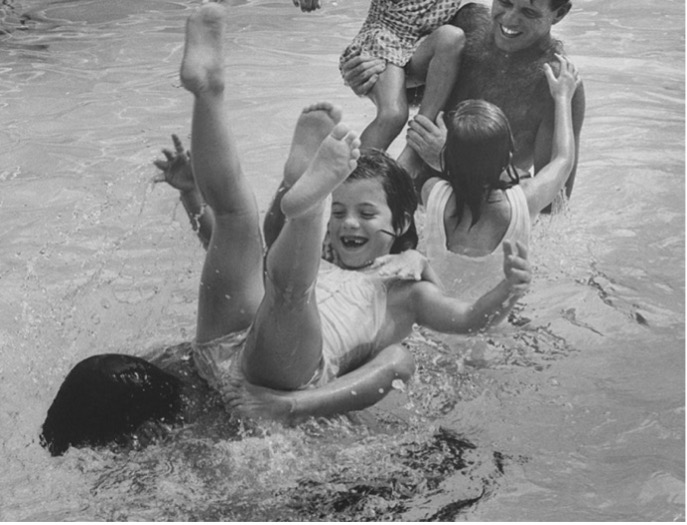
Source: Getty Images Photo by George Silk
With global warming being such a concern, most parents raising this generation would cringe to think that a parent would let their child be at risk for skin cancer as well as serious and painful sunburns like that.
Daughters Couldn't Date
You still hear people joke about getting a rifle and waiting for their daughter’s first date. And don’t get us wrong, there are still protective fathers nowadays.

Source: Alamy Stock Photo
However, the 1960s were when protective fathers were chasing their daughter’s beau out of the yards, possibly even with a shotgun in hand. Today, girls would be traumatized.
Unsupervised Stove and Oven Time
In this day and age, we typically cook or bake with our children and teach them how to use the stove properly. With parents working in the past, children were often left to cook for themselves.
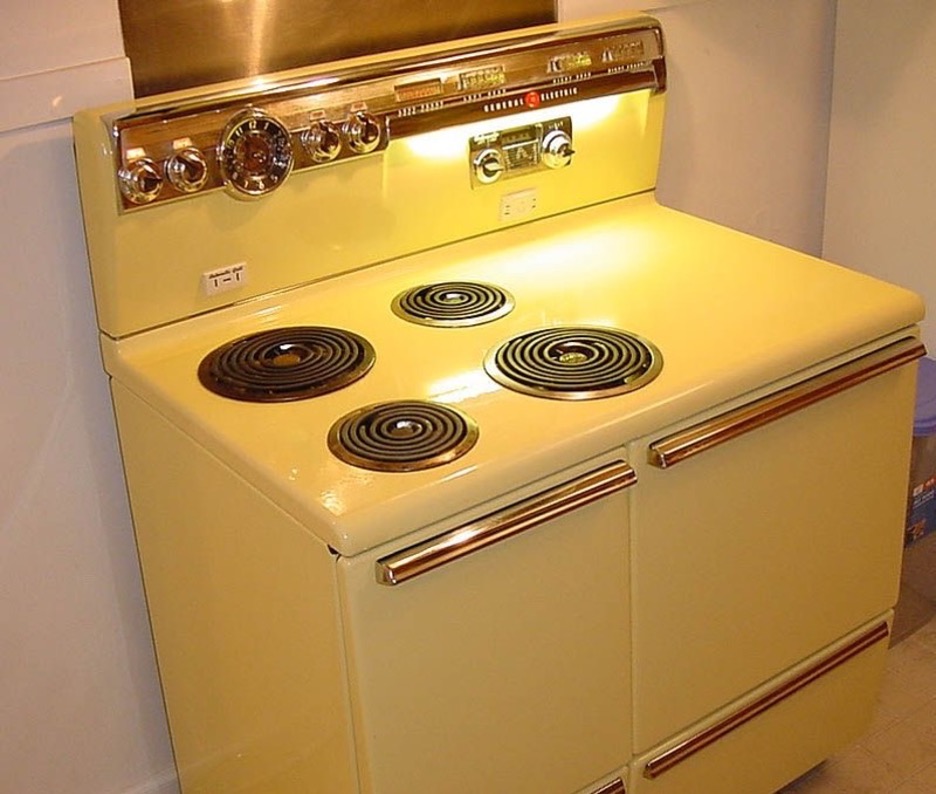
Source: DailyStuff
Fortunately, TV dinners were microwaveable and came out in the 50s as a convenient meal option. Yet, not all families had TV dinners available at all times and children were often left cooking unsupervised.
Talking to Strangers
Presently, parents lecture their children on the importance of staying away from strangers due to the risks. In schools, they even teach stranger danger.
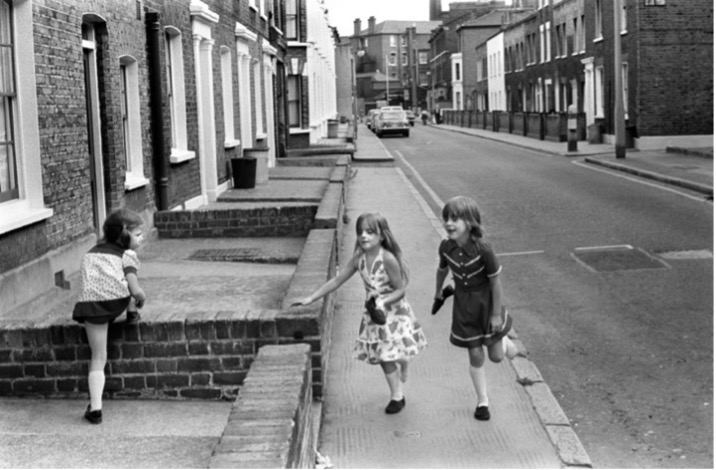
Source: Alamy Stock Photo
If you were growing up several decades ago, it was common to talk to a stranger without ever thinking anything of it. It was a much safer, more innocent time, and parents didn’t have the worries they do now when it comes to suspicious strangers.
Blood Exchanges as a Sign of Comradery
With all we know about AIDS, hepatitis, and other blood-borne illnesses, you wouldn’t even imagine swamping blood with another human being or letting your child do it, either. However, back in the day, we knew nothing about viral, bacterial, and parasitic blood-transmitted infections.
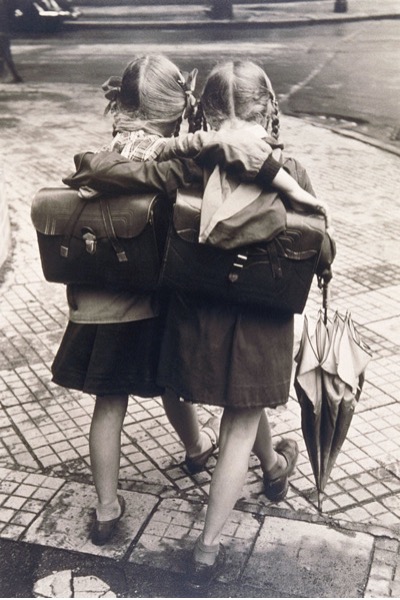
Source: Getty Images Photo by Dr. Paul Wolff & Tritschler
Back in that time, a child would exchange blood with their closest friend and call each other blood brother or blood sister. Friendship bracelets and handshakes are so much safer and less painful!
Sleeping in the Rearview Window
Children of the 90s and into the new millennium are used to car seats and safety belts. They are not only a suggestion but required by law.
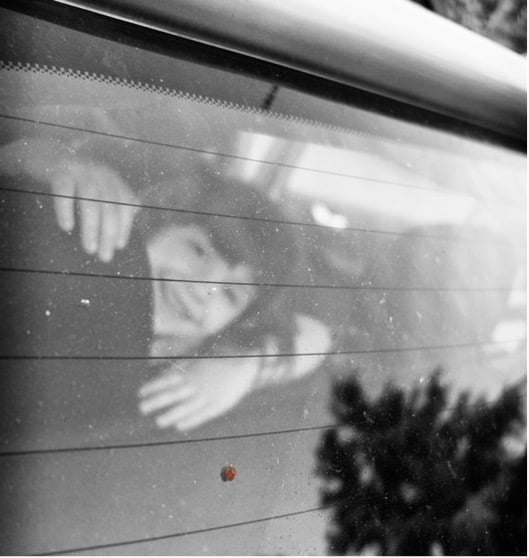
Source: Alamy Stock Photo
For boomer babies, the rearview window had a cushy spot where you could sleep. Not only were they at risk of getting seriously injured during an accident, especially during a rear-end collision, but how could parents see what’s behind them when driving? We’re curious as to how this became a good idea.
Shaking Photos to Develop Them Faster
Kids in the present time can take a picture with their parent’s phones, their own phones, or a digital camera. It instantly pops up on the screen to show you exactly what was captured.
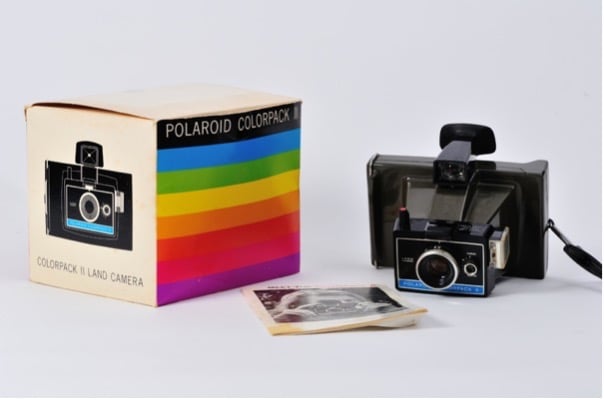
Source: Alamy Stock Photo
Children back in the day would take a picture on a camera and shake the picture that printed out profusely until it developed and dried fully. This was actually just a waste of time because it didn’t help them develop any faster, as noted on Polaroid’s website.
Not Knowing About Childproofing
The children of today have it pretty easy compared to last century. There are numerous things set up just for them, including all sorts of childproof locks and accessories that prevent kids from getting sick or injured.
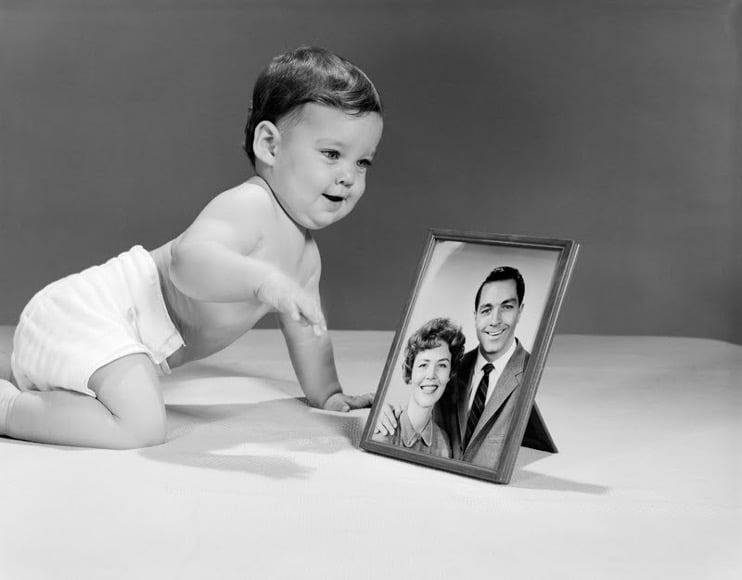
Source: Alamy Stock Photo
In the past, if a child wanted to play around the house, it was an obstacle course of potential deathtraps. Electrical cords, outlets, sharp edges, and choking hazards were all in reach. Even medicine bottles didn’t have childproof seals. We can only imagine their curiosity and amazement with these dangerous things!
Family Conversations
Back then, children ate at the children’s table while the grown-ups sat with the other grown-ups. Parents absolutely focused on and nurtured their kids, but they were not welcomed into dinnertime discussions.
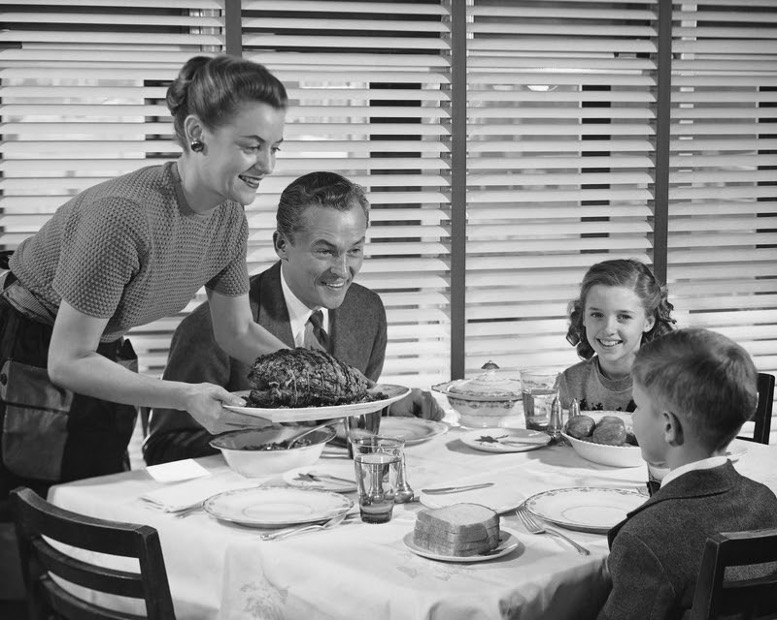
Source: Getty Images Photo by Stockbyte
Today, the culture has changed. Parents interact with their children at the dinner table. In fact, in the era of smartphones, some kids feel that they get too much conversation from their parents at the dinner table! Nevertheless, family talks are essential to strengthen bonds and to facilitate understanding and unity.
The Military Draft
Back in the ‘60s, the military draft was a common thing. Unbelievable, right? Men as young as 18 years of age could be drafted into the military to fight in conflicts they didn’t start.
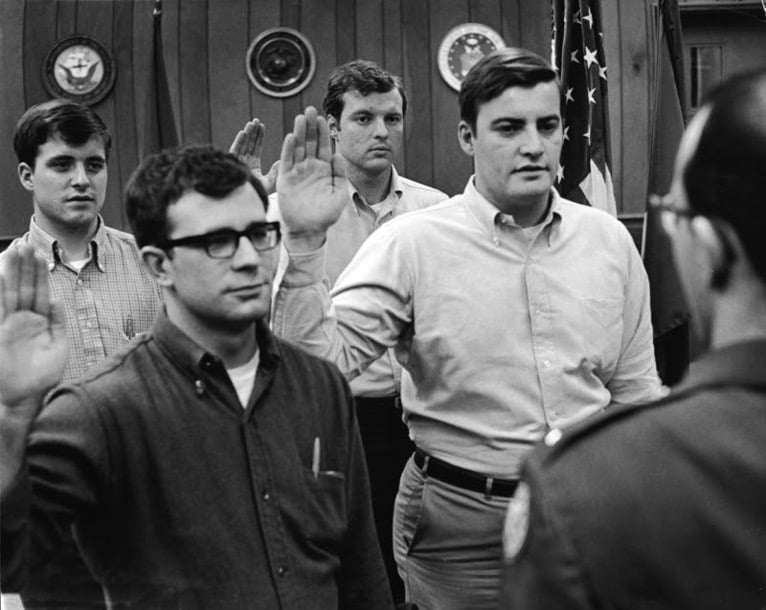
Source: Getty Images Photo by Rohn Engh
At present, Americans who are 19-26 years old cannot be drafted into the military. Instead, they must apply if they wish to follow this as a career. Indeed, nowadays the military can be quite selective, with many people not making it in.
Bubblegum Was Everything
Blowing bubblegum bubbles was extremely popular among boomer kids. In fact, there were even bubble-blowing contests! This activity was fun but tricky as bubblegum was not permitted in class back then. Only the most confident children were brave enough to sneak some in.
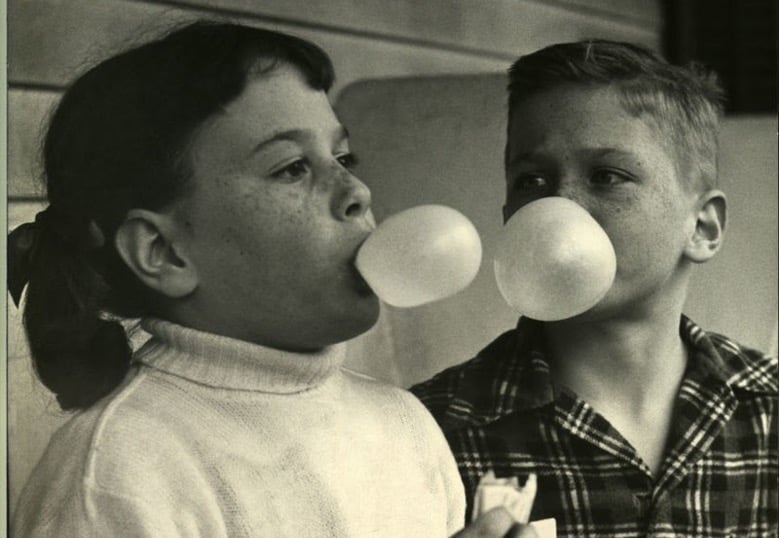
Source: Getty Images Photo by Nina Leen The LIFE Picture Collection
Obviously, with all that sugar twirling around in their mouths, cavities were a massive issue. Teachers and parents became more and more strict about the sweet treats as the dentist bills grew.
Skateboards Were Dismal
Skateboards have advanced by leaps and bounds over the last couple of decades. Back in the ’60s, the skateboard was little more than a plank of wood with wheels slapped on.
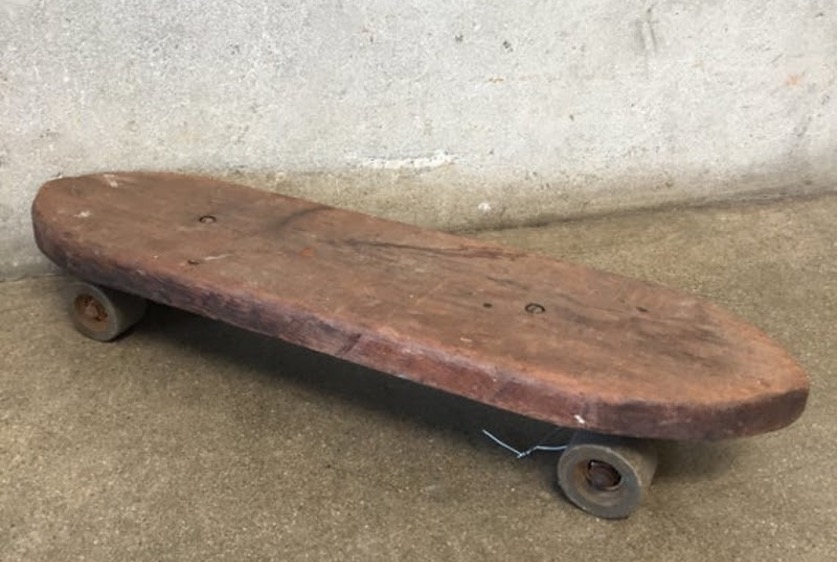
The photo above is clear evidence of what a dull, unattractive skateboard looked like in the past. This obviously didn’t make for the best skateboard stunts since all you could really do was go forward. No wonder some boomers get mad at skateboarders today – they’re probably just jealous!
Car Safety Was Ignored
Strapping in is a habit nowadays. Our hands instinctively go for the safety belt, and we lock in without a thought. This hasn’t always been the case. Back when boomers were kids, safety belts weren’t a thing, so kids could jump around in the car and sit wherever they liked.
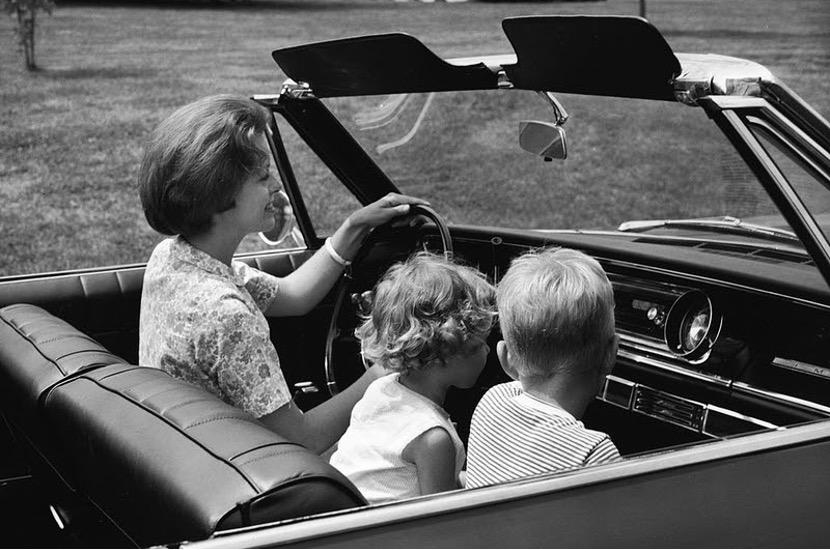
Source: Getty Images Photo by Lambert
If you were a baby, you may have gotten to ride on your mother’s lap while she (or your dad) was driving. Though all that freedom sounds fun, as you can probably imagine, it put people in more danger of being hurt. Thankfully, cars back then didn’t travel at the same speeds they can reach today.
Plastic Was All the Rage
Aside from not childproofing their homes back then, dangerous toys were also common devices for kids. Among all the horrors that were normal back then, nothing can beat this 1960s nightmare called “the Creepy Crawler.” If this taught kids anything, it was that hot plastic can give you third-degree burns!

This toy involved liquefying plastic and metal with extreme heat. How could this be considered safe for kids? We wonder how their parents allowed them to play with such dangerous toys.
Irritating Your Sibling on Road Trips
Nowadays, when the family stacks into the vehicle for their yearly cross-country excursion, everybody has enough gadgets to keep them entertained. In the ‘60s, however, you only had your siblings to keep you occupied. The best way to get past the boredom of the road was to irritate your sister or brother as much as you could.

Source: Alamy Stock Photo
If you weren’t the perpetrator, you were the victim of annoyance. Sibling bonds surely got toughened up in the ‘60s with all the fighting and screaming. What do you think?
The Watergate Scandal
Even those who weren’t updated on governmental issues were glued to their TVs and radios over the infamous Watergate Hearings. Many felt that they were seeing the end of the era of democracy.

Source: Alamy Stock Photo
When Americans saw President Richard Nixon resign from the White House and get into that helicopter instead of being impeached, the country was enthralled, making that incident the most extraordinary one to go down during the ‘70s.
The Rise of Star Wars
Imagine living in the years before Star Wars existed. People went about life with no idea of the insanity that was about to arise. By the late ‘70s, it would be all lightsabers and Darth Vader impersonations. However, in the early ‘70s, no one knew what was coming.

Source: Alamy Stock Photo
Star Wars is a space opera, and the infamous franchise was created by George Lucas. The original 1977 film instantly became a worldwide pop-culture phenomenon. The rest, as they say, is history.
